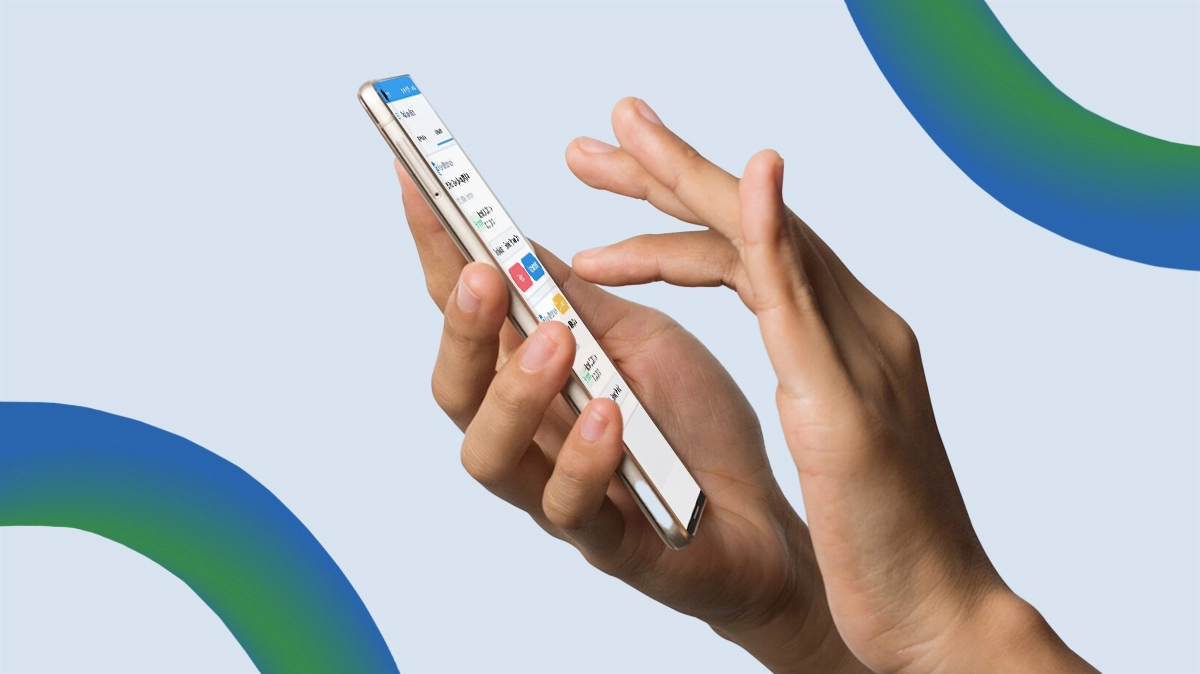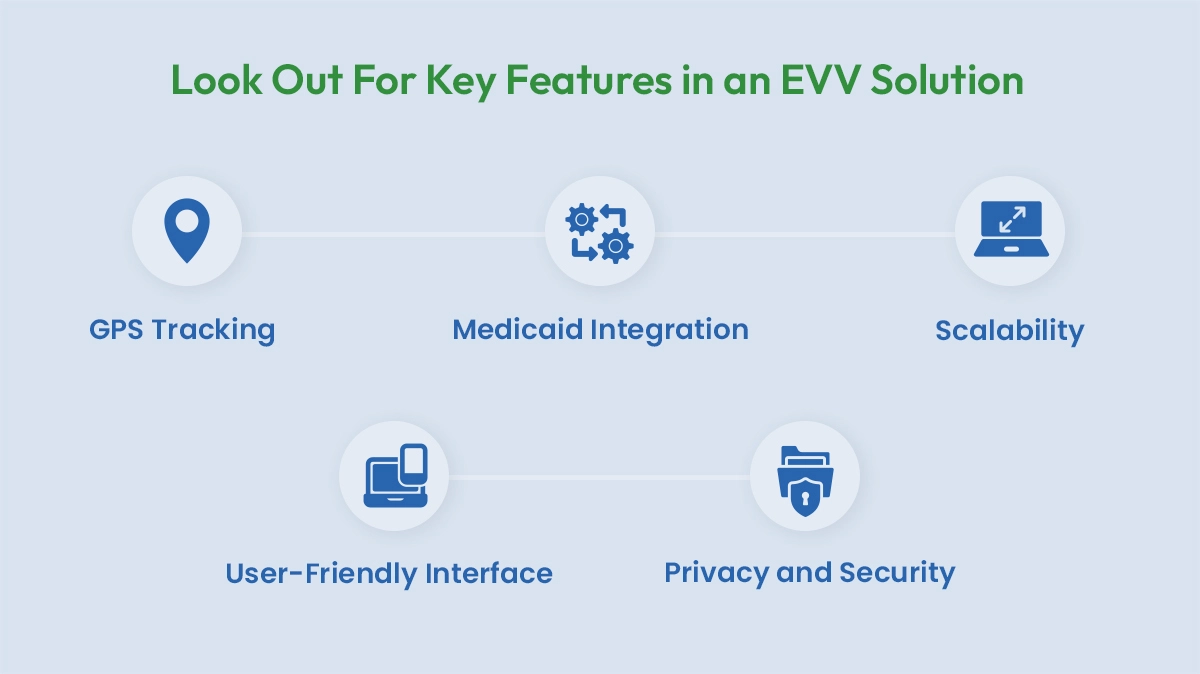🚀 We are finalizing all preparations to introduce you to the most powerful homecare software. Join the waitlist to witness something truly advanced in Summer 2025! Thank you for your interest.

See in real time what Jiris can do for you. Let the power of AI transform your agency
Get a DemoFor home health care services, Electronic Visit Verification (EVV) systems are no longer a luxury but a necessity. As the collective population gets older, and patient needs evolve, EVV systems are a critical measure to ensure services are delivered and rendered as billed.
In fact, since 2023, the 21st Century Cures Act mandates that personal and home healthcare providers implement EVV solutions to reduce fraud and protect patients.
However, EVV software benefits do not end there. If caregiver agencies work with advanced EVV platforms, they can enjoy significant competitive advantages.
Depending on the specific system, providers can streamline administrative tasks, save costs, and provide better and more timely healthcare. How do you know which option is right for you? Find out in this Electronic Visit Verification software guide.
Selecting an EVV system for home care is a crucial decision when starting a home care agency—and one that must be taken with careful consideration.
On the face of it, all EVV systems collect similar data, such as:
However, once providers get to the implementation stage, things get more tricky. There are several methods to collect this data, and each state also has its own EVV requirements that dictate which EVV model covered providers can use. The Centers for Medicare & Medicaid Services (CMS) lists the following three methods for states to choose from:
The first method of collection is enabled by interactive voice response (IVR) technology and requires only a telephone. Under this system, a caregiver uses the client’s phone to call a 1-800 number. They will then hear an automated message with a list of the authorized services and select the most relevant one. Before leaving, they’ll call again.
This is a straightforward system, but it’s far from perfect. For one, it doesn’t account for fraud in home health, which resulted in 350 criminal and civil actions—and over $975 million in receivables—between 2011 and 2015. Some providers have expressed privacy concerns, while others say the system unfairly excludes those with speech disorders.
Either way, no one will disagree that in 2025, landlines are almost a quaint concept.
Another common practice involves installing fixed devices in a client’s home that generate codes at random intervals. Caregivers note down these codes when arriving or leaving a home, and fill them into the EVV system manually. This system can also be replicated with a one-time password, which serves the same purpose.
However, whichever version providers choose, this is often the least popular method for data collection as it is both costly to implement and time-consuming to use.

In this digital age, it shouldn’t surprise anyone that home health care services can use mobile applications to capture and record data about a visit. Since their smartphones are connected to the internet, caregivers can easily check-in and check-out on the go via an app. Even though regulations don’t mandate the continuous tracking of providers, the dedicated mobile application is also GPS-enabled, allowing agencies to ensure that the provider was at the location in between check-ins and check-outs.
In case it wasn’t apparent enough, mobile applications are the most common type of EVV system. Apart from the obvious benefit—that it’s accessible at any time—a mobile application also has features that streamline scheduling, routing, payroll and billing, and more.
Unfortunately, the choice isn’t completely in the hands of the provider. In fact, each state decides its own preferred method for data collection. States also mandate that providers follow one of several models when it comes to implementing an EVV solution.
Some states develop in-house systems, while others empower Managed Care Organizations (MCOs) to take the call for providers under their ambit.
As states target complete compliance, some options have emerged more popular than others. For example, most states have shifted to an open or hybrid model, in which providers can shop around for EVV vendors or benefit from a state-sponsored system.
Similarly, some states may outline their preference for EVV data collection methods, while others, like Idaho, Kentucky, or Michigan, are still in the voting and discussion stage. Either way, most have already decided to permit all three—and it’s highly likely that in the future, mobile applications will be the most widespread solution.
Another factor to account for at this stage is compatibility. Providers must ensure that their software solution integrates with the state’s aggregator. This enables data to flow seamlessly—without inconsistencies. To get started, agencies must familiarize themselves with compliance requirements and models in their respective states. But once again, in this regard, mobile capabilities are the most flexible and accurate.

The next step when selecting the best EVV system for home care is comparing features.
As you must be aware, each bespoke software offers a range of capabilities. If you’re in a state that offers the freedom to choose your own, look out for the following features:
To ensure compliance, software with EVV compliance must have precise tracking capabilities. This allows agencies to compare data in real time, record the exact coordinates of caregivers, and prevent losses from false claims.
An EVV system must be able to integrate with various internal systems as well as be compatible with the state aggregator. The solution should work seamlessly with billing, coding, or payroll software, as well as have capabilities that facilitate automatic data transfer. This is crucial because automating workflows goes a long way in improving efficiency, accuracy of claims submissions, and compliance.
As if delivering care wasn’t a complicated enough task, caregivers are also expected to deal with time-consuming administrative tasks. So why not simplify compliance requirements as much as possible? Look for a software solution with neat dashboards, comprehensive reporting features, and a low learning curve.
One of the major considerations when collecting data on this scale is, of course, privacy. Providers and patients want to know that their security is being taken seriously, and HIPAA-compliant EVV software can go a long way in offering that peace of mind. This measure is also a federal requirement for handling any protected health information.
With software and patient needs evolving so rapidly, providers need an EVV solution that is flexible and able to scale with changing requirements. Look for a solution that’s suitable for both small providers and larger enterprises to be sure of its capabilities.
In states that have employed an open vendor model, providers can leverage several benefits from choosing the Jiris Electronic Visit Verification software. This industry-leading solution handles and manages all aspects of EVV, not only ensuring your agency is in compliance with regulations—but also that you benefit from streamlined and error-free processes, lower costs, and access to rich data.
Our solution is scalable, seamlessly integrates with other internal systems, and is exceptionally easy to use. Go ahead and book a demo here to see for yourself.
AI assistant, smart shift assignment, and more. All-in-one solution for your home health agency. Our software expert will show you all features and how your organization can benefit from Jiris software.
Request your free live demo!Now it’s time to schedule your meeting
Schedule Now Need to fix your submission?Rate this article: